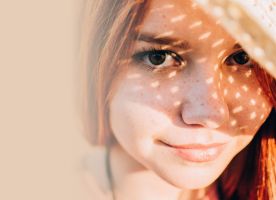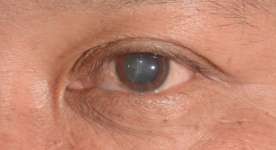The COVID-19 Pandemic And Dry Eyes
The novel coronavirus (COVID-19) has substantially changed our lives. With the number of cases and deaths continuously growing, unprecedented public health measures have been put in place. This includes home confinement, online schooling, working from home and the mass use of face masks. The impact of this on patients suffering from dry eye disease has been numerous:
1 During lockdown, opportunities for venturing outside have been significantly limited. Staying indoors with the air condition running results in low humidity and restricted airflow which may induce or exacerbate the condition. The dry air in the environment results in increased evaporation of tears from the ocular surface, which in turn results in more flare ups. Reducing the air conditioning or using an air humidifier will help to add moisture to the air.
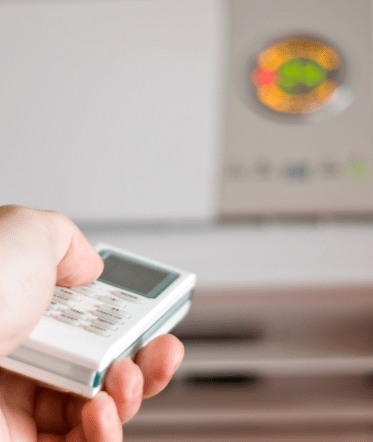
|
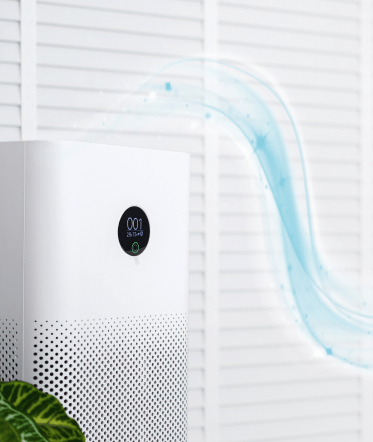
|
2 Working from home has resulted in prolonged screen time and this has had a significant impact on eye health. Typically, our eye has a tear film that is spread across its surface each time we blink. The average number of blinks per minute usually ranges between 15-18. However, studies have shown the number of blinks decreases to three or four per minute while watching a screen. Moreover, when we blink while screen watching, the blink is not as forceful or complete. This combination of reduced frequency and intensity of blinks results in excessive evaporation of tear fluid. Frequent breaks on digital devices and employing the 20-20-20 rule (every 20 minutes, look at something 20 ft away for 20 seconds) may be beneficial.
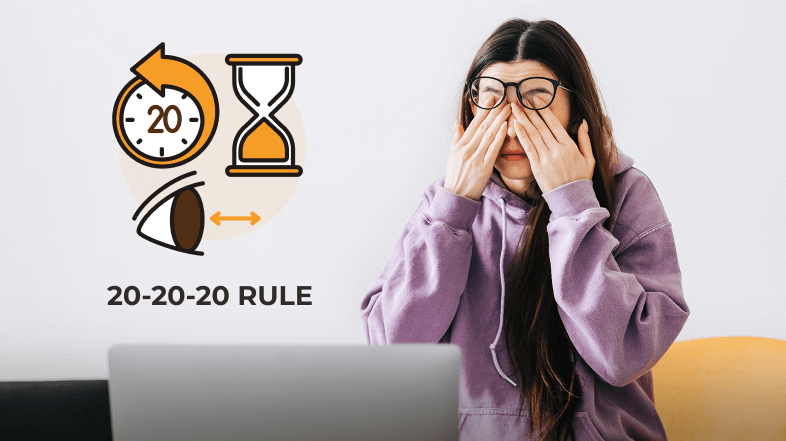
3Another cause of dry eyes during this pandemic has been due to poorly fitting masks. Mask-associated dry eyes (MADE) is a new phenomenon caused by exhaled air which is channelled out of the top of the face mask and over the ocular surface. The increased airflow results in tear film evaporation. A remedy for mask-associated dry eye is to ensure that the mask fits well with a pliable nose wire. The top of the mask can also be taped to impede upward airflow.

Consultant Ophthalmologist and Corneal Surgeon
OasisEye Specialists
Unit 1-3, Level 1, Nexus Bangsar South, No. 7, Jalan Kerinchi, 59200 Kuala Lumpur, Malaysia
Five‐item Dry Eye Questionnaire (DEQ-5).
관련 게시물
Five‐item Dry Eye Questionnaire (DEQ-5).

